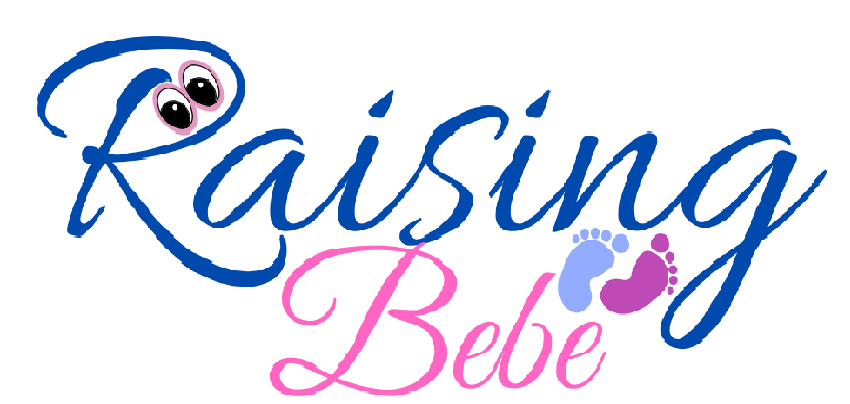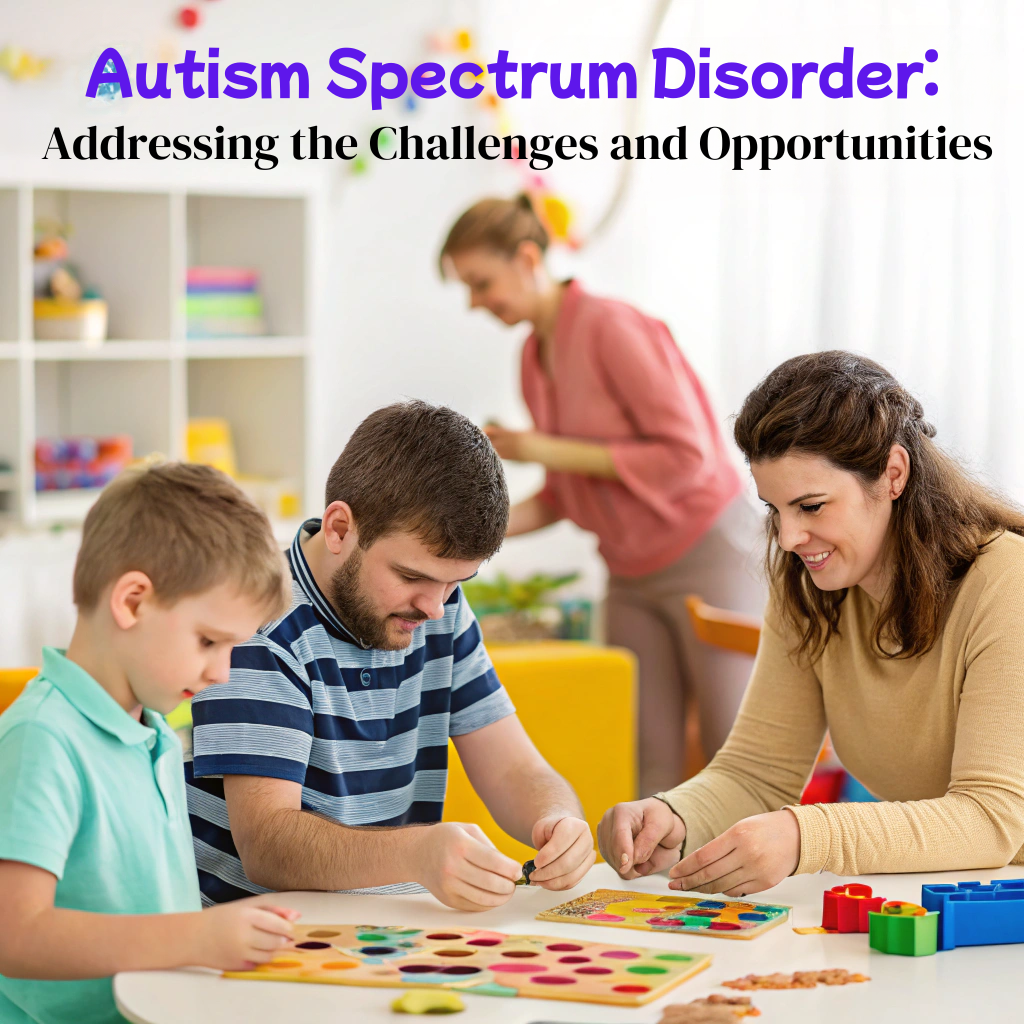Autism Spectrum Disorder (ASD) is a complex neurodevelopmental condition that affects communication, behavior, and social interactions in unique ways. While it presents challenges, it also offers opportunities for growth when supported with the right strategies. This article explores the importance of fostering a supportive environment, utilizing interactive learning tools, and embracing personalized approaches to help individuals with ASD thrive in various aspects of life. By understanding their needs and strengths, we can empower them to reach their fullest potential.
Understanding Autism Spectrum Disorder
ASD is considered a spectrum condition because it affects individuals in a variety of ways, with each person experiencing a unique combination of strengths and challenges. The severity and nature of these experiences can vary greatly. While some individuals may have significant difficulties with verbal communication and struggle to form social connections, others may have exceptional abilities in specific areas, such as mathematics, art, or technology. Early diagnosis and intervention play a critical role in helping individuals with ASD overcome challenges and reach their full potential.
The diagnostic process typically involves a combination of behavioral assessments, interviews with parents or caregivers, and observation of the individual’s developmental milestones. ASD is generally diagnosed in early childhood, although some individuals may not be diagnosed until later in life, particularly those with milder forms of the condition.
Challenges Faced by Individuals with ASD
Despite the potential for growth, individuals with ASD face a variety of challenges that can significantly impact their daily lives:
- Communication Difficulties:
Many individuals with ASD have difficulty with both verbal and nonverbal communication. This includes challenges with speech, such as delayed language development, difficulty forming sentences, or difficulty understanding and using appropriate tone, volume, and pitch. Nonverbal communication difficulties may involve trouble understanding body language, facial expressions, or eye contact. As a result, misunderstandings and frustration can occur, especially in social interactions. - Social Interaction:
Social interaction can be particularly challenging for individuals with ASD due to difficulties with interpreting social cues, understanding social norms, and maintaining reciprocal conversations. Many people with ASD struggle to recognize the unspoken rules of social interaction, such as taking turns in conversations or understanding sarcasm, humor, or emotional expressions. This can lead to isolation and difficulty forming and maintaining friendships. - Sensory Sensitivities:
Many individuals with ASD experience heightened sensitivities to sensory stimuli, including sounds, lights, textures, and smells. For example, the sound of a vacuum cleaner may be overwhelming, or fluorescent lights may cause discomfort. Sensory overload can lead to distress and may trigger anxiety, meltdowns, or other behavioral challenges. Creating environments that are mindful of these sensitivities is essential for reducing stress and promoting comfort. - Behavioral Challenges:
Repetitive behaviors, such as hand-flapping, rocking, or repeating specific actions, are common in individuals with ASD. Many individuals with ASD also prefer strict routines and may experience anxiety or agitation when these routines are disrupted. Changes in the environment or schedule can cause significant stress, which may manifest as challenging behaviors, including outbursts or withdrawal.
Opportunities for Growth
While the challenges of ASD can be significant, individuals on the spectrum also have distinct strengths and opportunities for growth:
- Specialized Skills:
Many individuals with ASD possess exceptional skills in areas that require focus, attention to detail, and pattern recognition. These include fields such as mathematics, computer programming, data analysis, engineering, and the arts. Their ability to think in a highly structured and logical manner can lead to innovative solutions and breakthroughs in these fields. - Loyalty and Focus:
Individuals with ASD often show incredible dedication to their areas of interest, sometimes to the point of becoming experts in specific subjects. This intense focus and passion for particular topics can be channeled into successful careers, hobbies, or contributions to society. Their loyalty and commitment can also translate into strong work ethic and persistence in overcoming obstacles. - Unique Perspectives:
The way individuals with ASD perceive the world can lead to creative problem-solving and out-of-the-box thinking. Their ability to view situations from unique perspectives often results in new approaches to challenges, particularly in fields like design, technology, and the sciences. Their creative thinking can bring fresh ideas to various industries and disciplines.
Strategies for Addressing Challenges
To support individuals with ASD in overcoming challenges and fostering growth, several evidence-based strategies can be implemented:

- Early Intervention:
Early and consistent intervention is crucial for addressing developmental delays and enhancing the individual’s skill set. Programs like speech therapy, occupational therapy, and Applied Behavior Analysis (ABA) can be effective in helping individuals with ASD improve communication, motor skills, and social functioning. Early intervention also helps build essential life skills that promote independence and well-being. - Individualized Education Plans (IEPs):
Educational support is vital for children with ASD. An Individualized Education Plan (IEP) is a customized plan developed in collaboration with educators, therapists, and families to ensure that a child’s unique needs are met. IEPs can include accommodations such as extra time for assignments, a sensory-friendly classroom, or social skills training to support academic success and social development. - Sensory-Friendly Environments:
To reduce sensory overload, it’s important to create environments that are calming and supportive. This can include adjusting lighting, reducing noise, offering sensory breaks, or providing noise-canceling headphones. Schools, workplaces, and public spaces can be designed to meet the sensory needs of individuals with ASD, helping them feel more comfortable and engaged. - Social Skills Training:
Social skills training programs can teach individuals with ASD how to navigate social interactions more effectively. These programs may involve role-playing, peer mentoring, and social stories to help individuals understand social expectations and practice appropriate behavior. Over time, these skills can help individuals build stronger relationships and integrate more fully into their communities.
The Role of Community and Family in Supporting Autism Spectrum Disorder
Families, educators, and communities play a critical role in the success and well-being of individuals with Autism Spectrum Disorder. Supportive families provide stability and consistency at home, while communities can foster inclusivity by offering accessible programs, events, and resources. Peer support networks and mentoring programs can also help individuals with Autism Spectrum Disorder build social skills and gain confidence.
Collaboration between educators, therapists, and caregivers ensures that individuals with Autism Spectrum Disorder receive the necessary support across various settings. By working together, these stakeholders can help individuals navigate challenges and celebrate successes in their personal, educational, and professional lives.
Conclusion:
Autism Spectrum Disorder presents both challenges and opportunities. While individuals with ASD may encounter difficulties in communication, social interaction, and behavior, they also have unique abilities that can contribute greatly to society. Through early intervention, individualized support, and the creation of inclusive environments, we can empower individuals with ASD to reach their full potential. By focusing on strengths and promoting understanding and acceptance, families, educators, and communities can make a profound difference in the lives of those on the autism spectrum, fostering growth, self-advocacy, and a sense of belonging.

